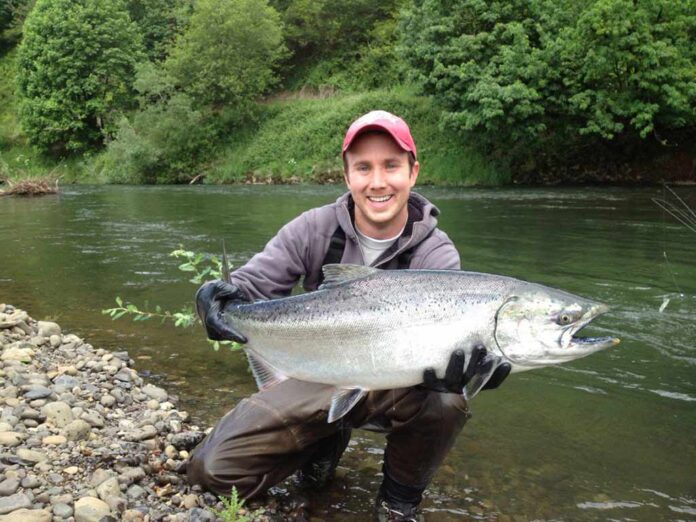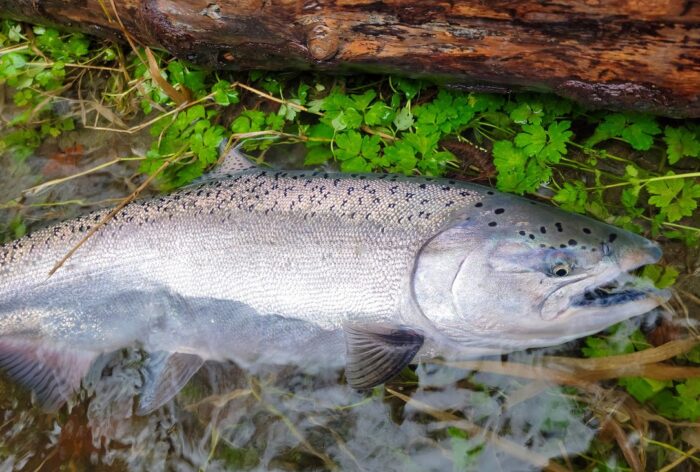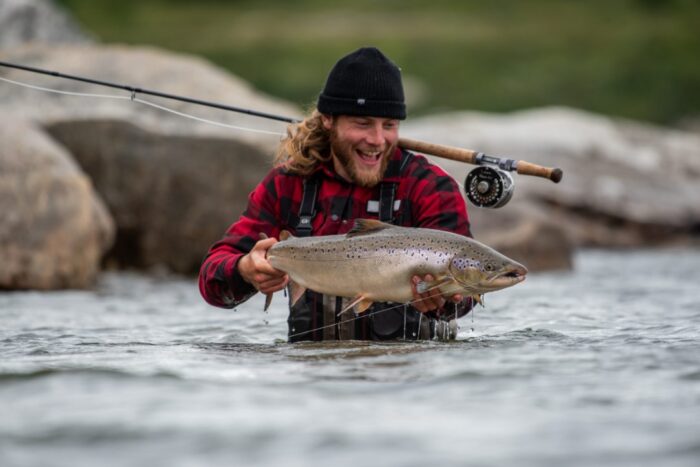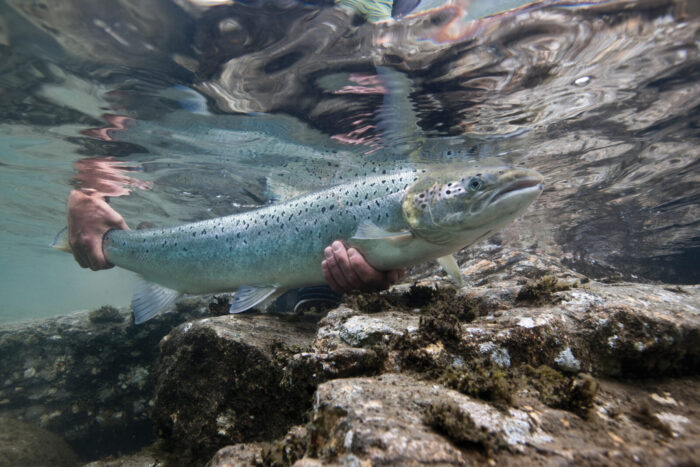
Welcome to your comprehensive resource on salmon fishing, designed to equip you with essential knowledge and skills to elevate your fishing experiences. In this guide, you will discover valuable insights into various salmon species, their habitats, and effective salmon fishing techniques.
Understanding the nuances of these majestic fish will not only enhance your chances of a successful catch but also deepen your appreciation for their ecological importance.
As you embark on your journey, whether you’re a seasoned angler or a curious beginner, knowing how to choose the right gear and bait is crucial. We will delve into practical salmon fishing tips and reveal some of the best salmon fishing locations across the United States.
From King salmon to Atlantic salmon, you will learn about the unique characteristics of each species and the regulations you must follow. Prepare yourself for an adventure filled with anticipation, excitement, and the thrill of the catch!
Key Takeaways
- Gain a solid understanding of different salmon species and their habitats.
- Learn essential salmon fishing techniques to improve your success rate.
- Discover the best locations for salmon fishing across the United States.
- Get tips on selecting the right gear and using effective bait.
- Understand the regulations and conservation efforts surrounding salmon fishing.
Understanding Salmon Species and Their Habitats

Exploring the diverse world of salmon species unveils unique challenges and rewards for anglers. Notably, Atlantic salmon and King salmon, also known as Chinook salmon, often draw attention due to their size and characteristics. Each salmon species offers distinct fishing experiences, making it essential to understand them to enhance your fishing adventures.
Types of Salmon to Target
When deciding which salmon species to target, consider the features and fishing opportunities they present. The following are some popular types:
- King salmon ─ Renowned for their large size and battle, King salmon are a top prize for many anglers.
- Atlantic salmon ─ Famous for their ability to return multiple times to spawn, presenting unique challenges during their lifecycle.
- Coho salmon ─ Known for their acrobatic fights and delicious meat, Coho are prevalent in various salmon fishing locations.
- Sockeye salmon ─ Noted for their vibrant color during the spawning phase, Sockeye salmon offers a visually striking target during fishing trips.
Anadromous Nature of Salmon
Salmon are classified as anadromous salmon, which means they are born in freshwater, migrate to the ocean, and return to freshwater for spawning. The salmon lifecycle involves several stages, including ova, alevin, fry, parr, and smolt. Understanding these stages not only helps you appreciate their life cycle but also assists in planning your fishing trips. Salmon typically feed heavily in the ocean before returning to freshwater, where you can witness their transformation in color—from a bright silver in the ocean to vibrant hues upon returning for spawning.
Common Habitats for Salmon Fishing
Successful salmon fishing begins with identifying suitable salmon habitats. Various locations are ideal for fishing, particularly in regions such as the Pacific Northwest and Alaska, where salmon thrive. To pinpoint prime fishing spots, look for:
- Deep waters that provide shelter for salmon.
- Strong currents that attract baitfish.
- Seasonal peaks in salmon populations, particularly from May to September.
Knowing where to fish increases your chances of encountering different salmon species, making it essential for any angler serious about the sport.
| Salmon Species | Typical Size | Notable Features | Common Fishing Locations |
| King Salmon | 20-50 lbs | Largest Pacific salmon, strong fight | Pacific Northwest, Alaska |
| Atlantic Salmon | 8-12 lbs | Multiple spawning runs | Eastern US, Europe |
| Coho Salmon | 6-12 lbs | Acrobatic jumps, silver body | Great Lakes, Northwest coast |
| Sockeye Salmon | 4-10 lbs | Colorful during spawning | Pacific Coast, Alaska |
The Ultimate Guide to Salmon Fishing – Tips, Techniques & Best Locations

When embarking on a successful salmon fishing expedition, selecting the right gear is crucial. Durable and robust salmon fishing gear is essential to handle the heft of these powerful fish, which can weigh in excess of 50 pounds.
Aim for fishing rods for salmon that range from 9 to 13 feet in length, depending on the environment you’re fishing in. Pair this with a reel and line that can endure the stress of a spirited salmon fight, typically requiring line strengths of 20 to 30 pounds.
Additionally, using downriggers and a tailored tackle setup for specific species, such as King and Atlantic salmon, can significantly enhance your chances of landing a big catch.
Equally important to your success is the choice of bait and lures. The best bait for salmon fishing includes options like herring, anchovies, and roe (salmon eggs), all of which effectively mimic the natural diet of salmon. Understanding the feeding habits of salmon can greatly improve your outcomes.
When it comes to salmon fishing lures, consider a variety of types such as spoons, spinners, and flash traps. These lures are designed to catch the fish’s attention through movement and color, enticing them to bite. Experimenting with different sizes, colors, and depths in your presentation can often make all the difference during your fishing outings.
Find out more about enhancing your salmon fishing skills with specialized gear and expert techniques to ensure a successful fishing trip.
Adding the right visual elements to your fishing strategy keeps the excitement alive and increases your catch rates. Remember that patience and adaptability are key components in your salmon fishing adventure. Embrace the variety of options presented in your gear and bait choices, and enjoy the thrill of the pursuit.
FAQ

What are the best salmon fishing techniques for beginners?
Beginners should start with basic techniques such as drift fishing, casting with spinners, or trolling with downriggers. Familiarizing yourself with these methods will help you understand the behavior of salmon and increase your catch rate.
What type of gear do I need for salmon fishing?
You will need a sturdy fishing rod (9 to 13 feet recommended) and a reliable reel capable of handling heavy weights. Additionally, strong fishing line and appropriate tackle for the specific salmon species you’re targeting are essential for success.
Where are the top salmon fishing spots?
Some of the best salmon fishing locations include the waters of Alaska, the Pacific Northwest, and parts of British Columbia. Specific spots like the Kenai River in Alaska and the Columbia River are known for excellent salmon runs.










